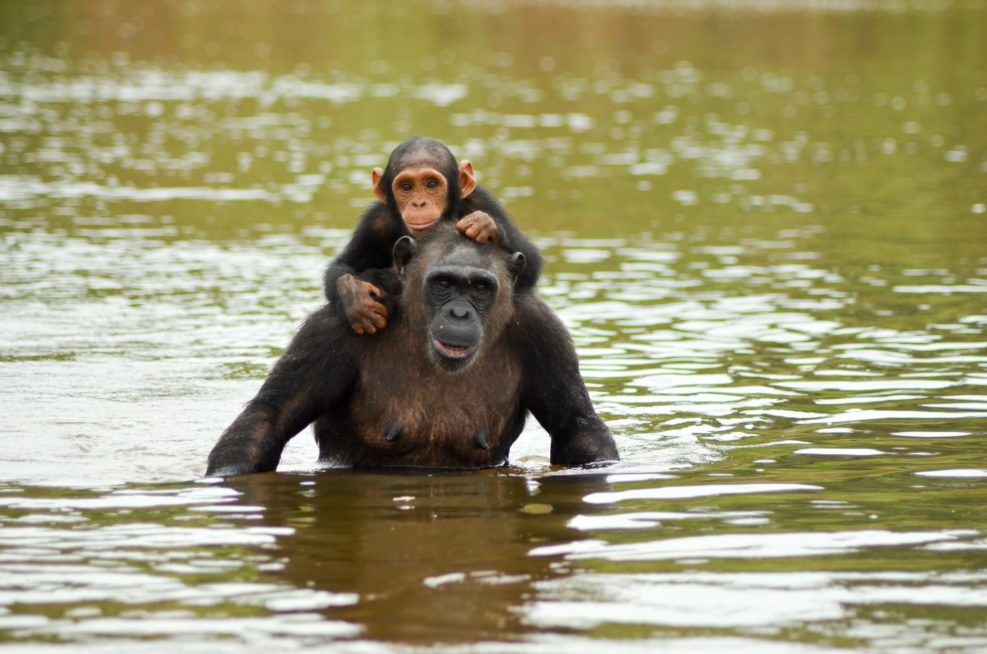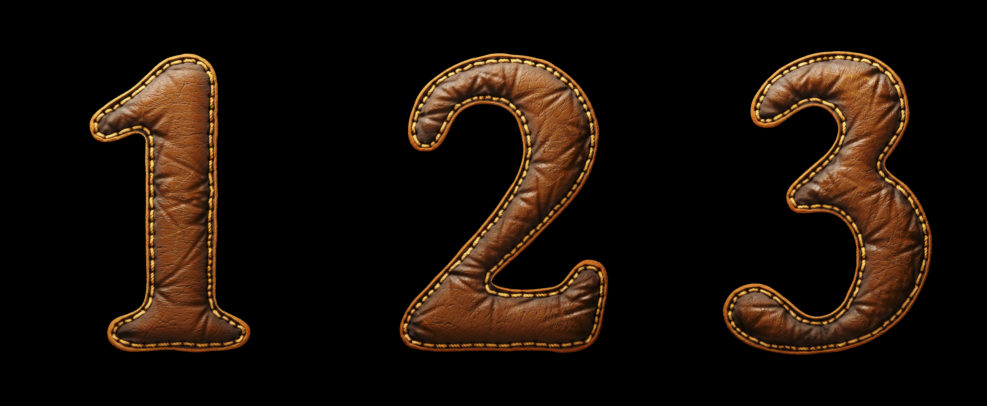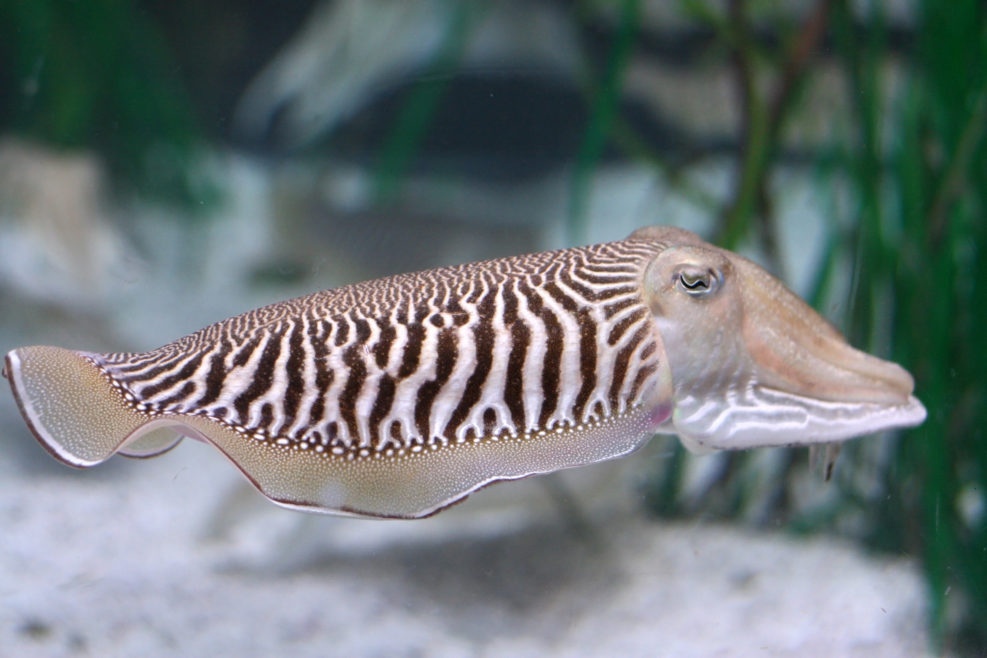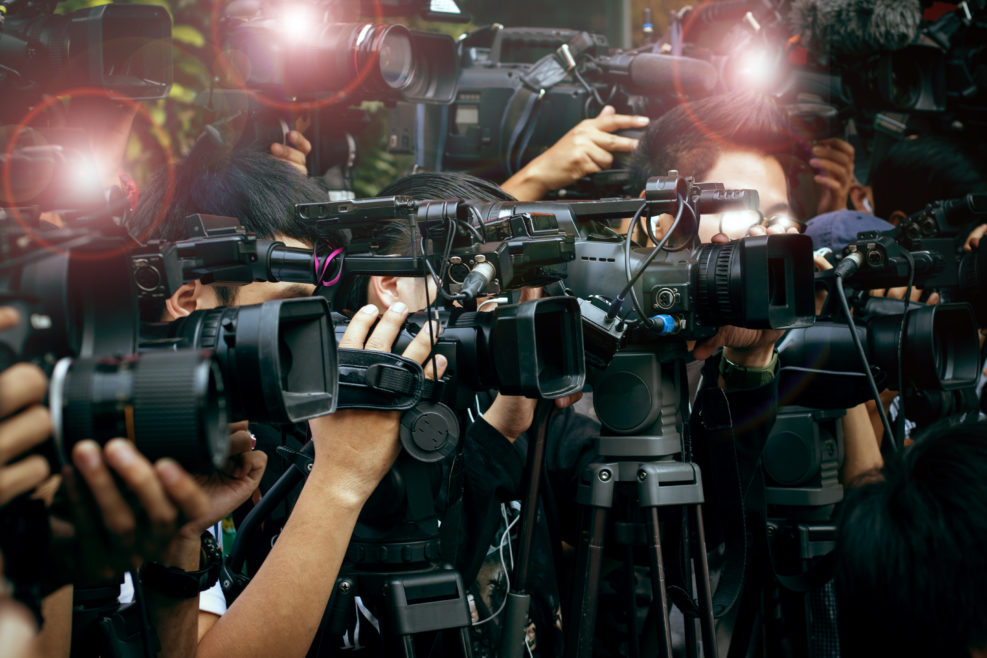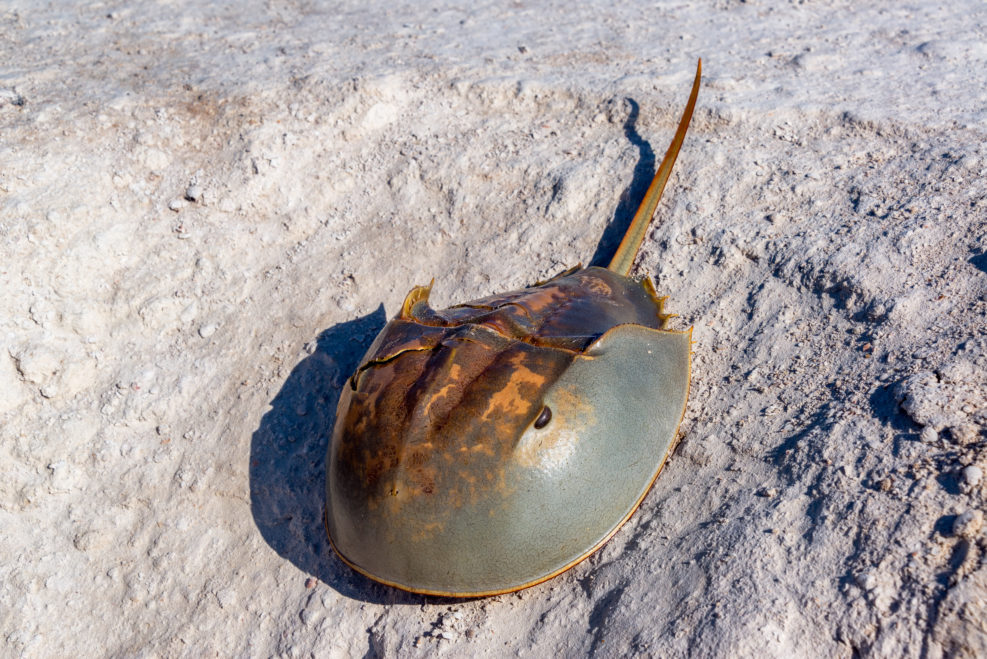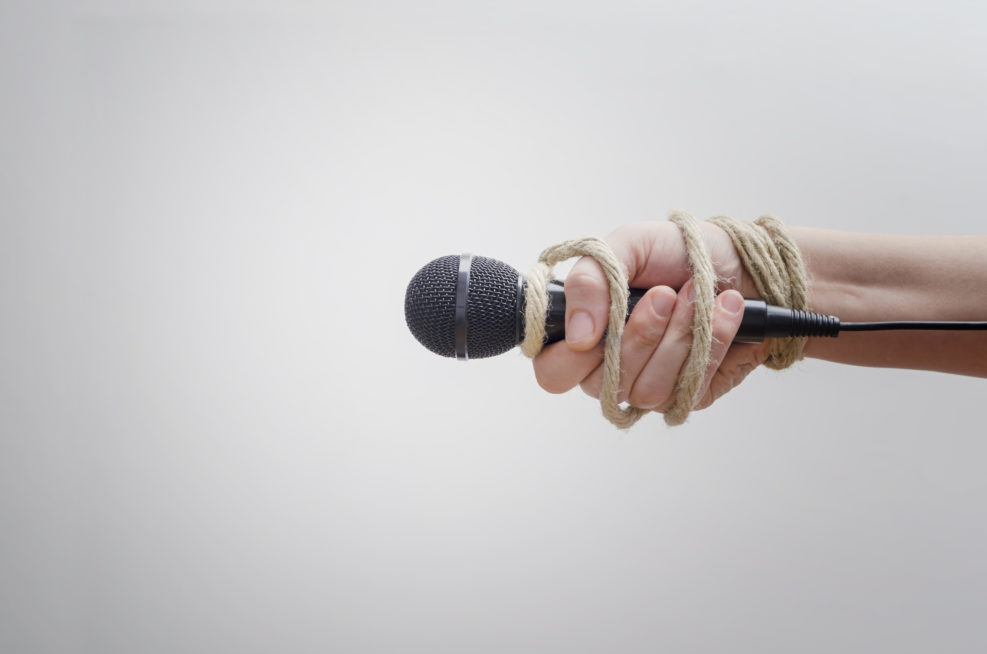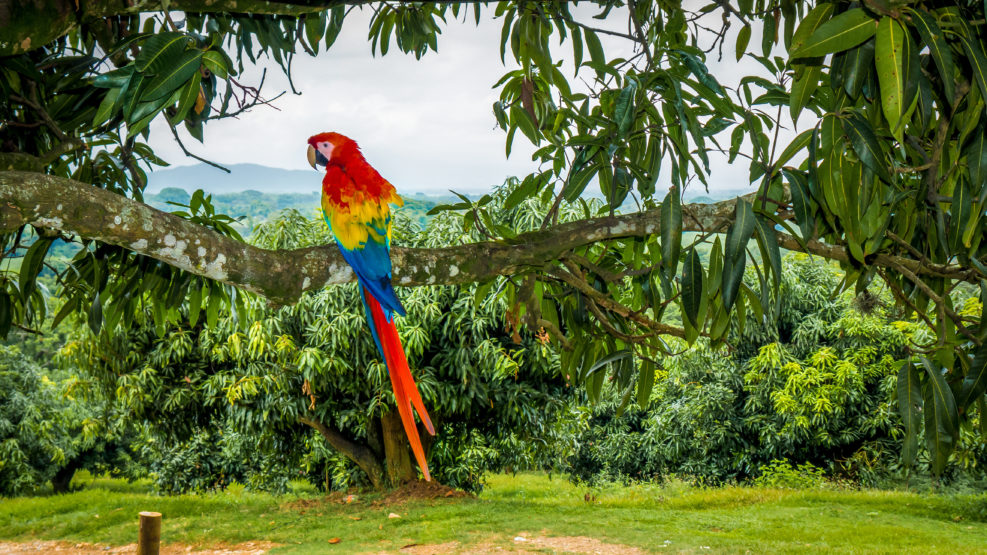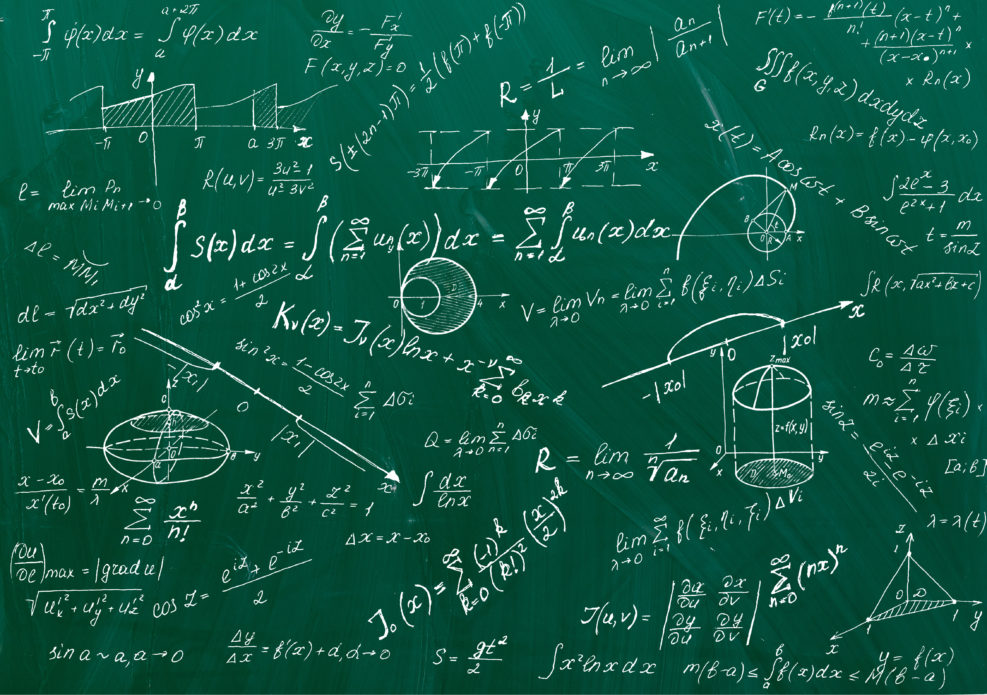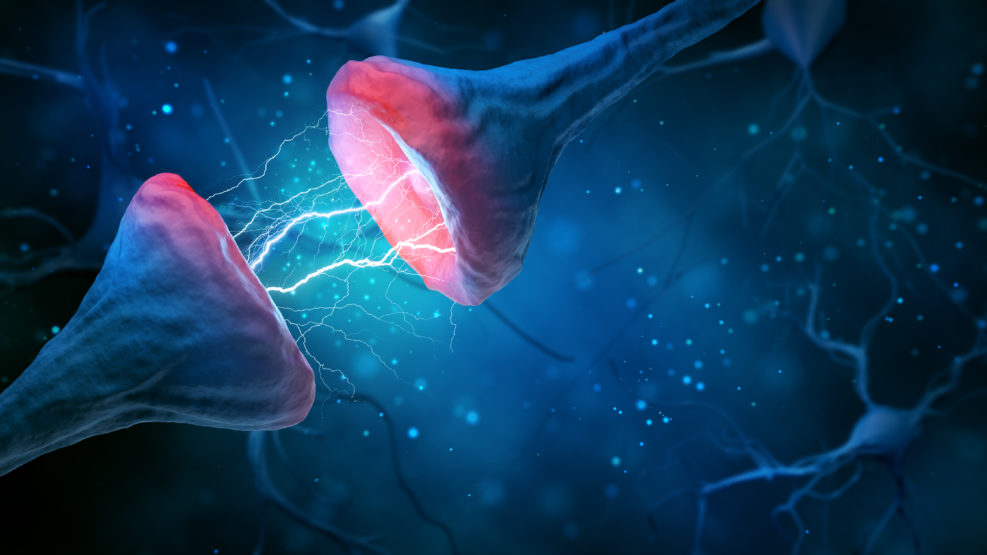
A Philosopher Simply Invents Animals’ Concept of Death
She demands that we accept her invention so we can “rethink” human exceptionalism, and the “disrespect for the natural world that comes with it”Last week I talked about the question of whether primate mothers who carry dead infants around understand the concept of death. The scientists conducting the research sounded commendably cautious in the conclusions they drew. Not everyone follows their lead in this. Susana Monsóis, professor of philosophy at UNED (Madrid) and author of La zarigüeya de Schrödinger (Schrödinger’s Possum), “ a book on how animals experience and understand death,” dispenses with all that. Her subtitle is “Having a concept of death, far from being a uniquely human feat, is a fairly common trait in the animal kingdom.” Yet she falls far short of demonstrating that. Her essay is a classic on what happens when we seek simply to amass support for Read More ›

